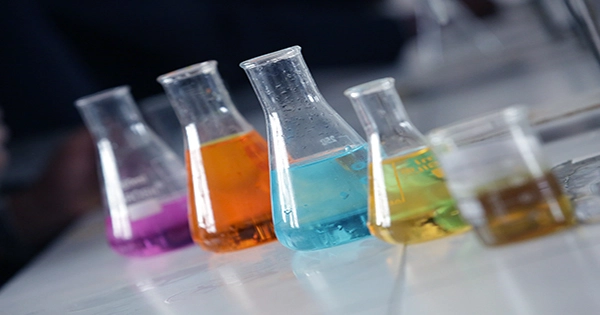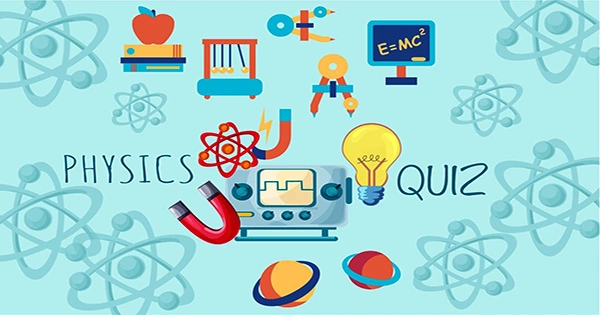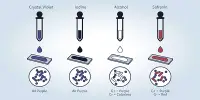In science, a solution is a particular kind of mixture made up of two or more substances. The definition of a solution specifically relates to a certain class of homogeneous mixture, that is, a mixture with uniform composition and no discernible differences between its constituent parts. This is distinct from a heterogeneous mixture, where each component can be seen separately.
Although mixtures of gases or solids can also be included in solutions, liquid mixtures are the most common type. A solvent and a solute are necessary to make a solution. The solvent often makes up a larger portion of the mixture because it is the medium in which other components will dissolve. The substance (or substances) that will dissolve in the solvent is known as the solute. As an illustration, the ethanol would serve as the solvent and the water as the solute in a solution of 70% ethanol and 30% water. Table salt is a solute, and when you dissolve it in a glass of water, the water serves as the solvent. The resultant salt water is a solution. In our daily lives, we come across or develop numerous examples of solutions. Examples of solutions include:

Soda: The majority of sodas are concoctions of a variety of components, including carbon dioxide, food dyes, and sugar (for the fizziness). Water serves as the components’ (or substrates’) solvent.
Seawater: While we may think of seawater as being just water, it actually contains a number of salts, including sodium chloride and magnesium chloride. These salts are ionic compounds that split into cations and anions when they are exposed to water, a polar solvent. For instance, sodium chloride (NaCl) molecules separate into Na+ cations and Cl- anions that float around freely in the solvent when NaCl is dissolved in water (water).
Air: Nitrogen, oxygen, and carbon dioxide are only a few of the various, mixed gases that make up air, a gaseous mixture.
Metal alloys: Alloys like steel and brass may have the appearance of basic metals, but in reality, they are solid solutions made of a metal combined with other metals or chemicals. Brass, for instance, is a solid mixture of the metals copper and zinc.
The fact that a solution is a homogenous mixture is what distinguishes it from many other kinds of mixes. Consider soda as an example. Its various parts, like the sugar or the flavorings, are difficult to distinguish. To define it as a homogeneous mixture, all that has to be said is that it looks to be a uniform liquid.
Types of solutions: Any mix of solids, liquids, and gases can be found in solutions. The state of matter of the solvent, not the solutes, is used to describe or categorize all solutions.
Since solids, liquids, and gases make up the three phases of matter with which we generally deal under normal circumstances, there are six possible combinations of these states of matter that can be used to create solutions:
- Solid/Solid
- Solid/Liquid
- Solid/Gas
- Liquid/Liquid
- Liquid/Gas
- Gas/Gas
















